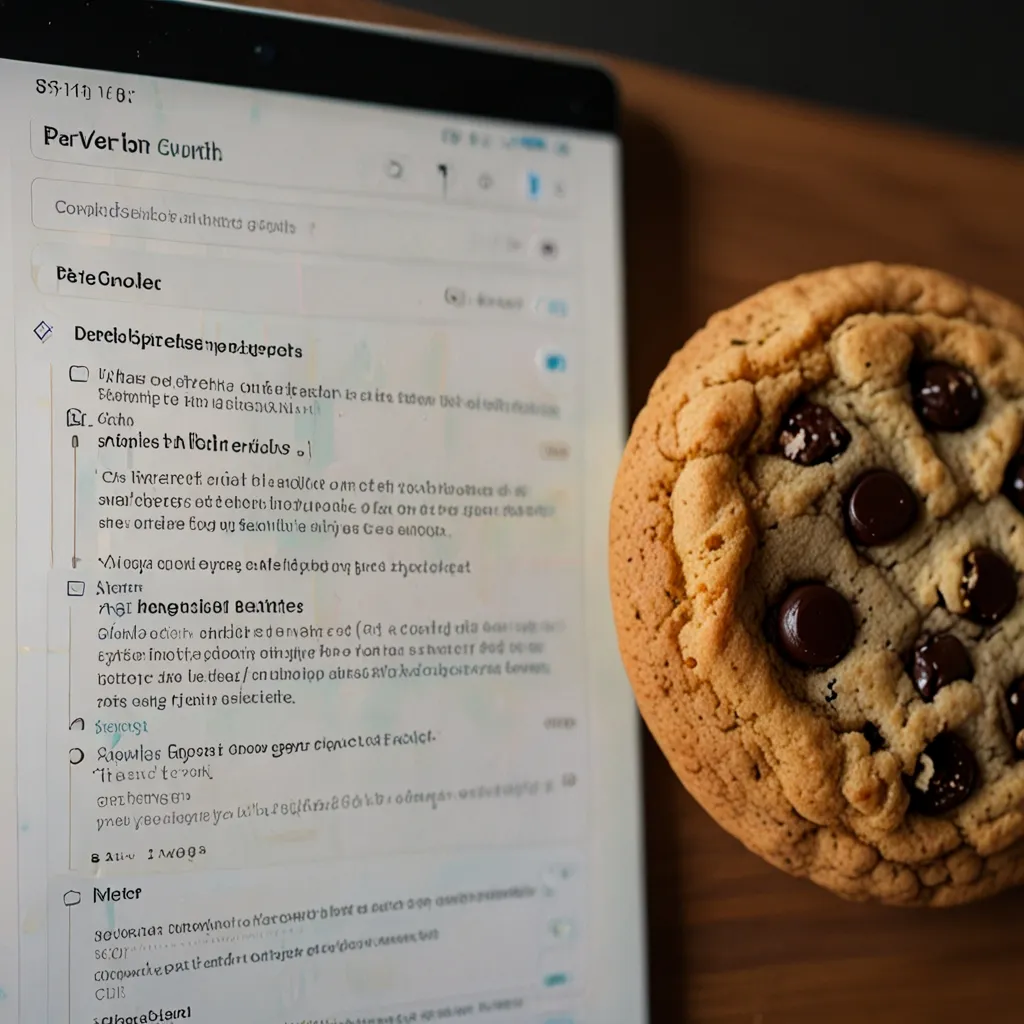Serverless architecture has taken the tech world by storm, and for good reason. It’s like having a magical genie that takes care of all your infrastructure needs, letting you focus on what really matters - writing awesome code. If you’re a Node.js developer, you’re in luck because serverless and Node.js go together like peanut butter and jelly.
Let’s dive into the world of serverless with Node.js, specifically looking at two big players in the game: AWS Lambda and Azure Functions. Trust me, by the end of this, you’ll be itching to give serverless a try!
First things first, what exactly is serverless? Despite the name, there are still servers involved (sneaky, right?). The key difference is that you don’t have to worry about managing them. You just write your code, and the cloud provider takes care of the rest. It’s like having a personal butler for your application!
AWS Lambda and Azure Functions are both Function-as-a-Service (FaaS) platforms. They allow you to run your code in response to events without provisioning or managing servers. It’s pretty neat stuff.
Let’s start with AWS Lambda. It’s been around since 2014 and has become a favorite among developers. Using Node.js with Lambda is a breeze. Here’s a simple example of a Lambda function in Node.js:
exports.handler = async (event) => {
const name = event.name || 'World';
const response = {
statusCode: 200,
body: JSON.stringify(`Hello, ${name}!`),
};
return response;
};
This function takes a name as input and returns a greeting. Simple, right? But don’t let its simplicity fool you - Lambda can handle complex operations too.
Deploying to Lambda is straightforward. You can use the AWS Management Console, AWS CLI, or even better, the Serverless Framework. The Serverless Framework is like your personal assistant for deploying serverless applications. It makes the process as smooth as butter.
Now, let’s hop over to Microsoft’s playground - Azure Functions. It’s a bit younger than Lambda but has quickly caught up in terms of features. Here’s what the same function would look like in Azure Functions:
module.exports = async function (context, req) {
const name = req.query.name || req.body.name || 'World';
context.res = {
body: `Hello, ${name}!`
};
};
Look familiar? That’s because the concept is the same. The main difference is in how the function receives input and sends output.
Deploying to Azure Functions is also a piece of cake. You can use Visual Studio Code with the Azure Functions extension, which feels like having a magic wand for deployment.
Both Lambda and Azure Functions support Node.js out of the box, which is fantastic news for us Node.js developers. It means we can leverage our existing skills and libraries to build serverless applications.
One of the coolest things about serverless is its scalability. Your functions automatically scale based on demand. It’s like having a rubber band that stretches to accommodate whatever load you throw at it. No more worrying about provisioning the right number of servers!
Another great feature is the pay-per-use pricing model. You only pay for the compute time you consume. It’s like paying for electricity - you don’t pay for the power plant, just for what you use. This can lead to significant cost savings, especially for applications with variable traffic.
But it’s not all sunshine and rainbows. Serverless has its challenges too. Cold starts can be an issue, especially for Node.js applications. A cold start occurs when your function is invoked after being idle for a while. It can lead to increased latency as the runtime environment is set up.
To mitigate cold starts, you can use techniques like keeping your functions warm by pinging them periodically. It’s like giving your functions a little exercise to keep them in shape!
Another challenge is the stateless nature of serverless functions. Each invocation of your function is independent, which means you can’t rely on in-memory data persisting between invocations. But don’t worry, there are ways around this. You can use external services like Redis or DynamoDB for state management.
Let’s look at a more complex example. Say we want to create an API that fetches user data from a database. Here’s how we might do that with AWS Lambda and DynamoDB:
const AWS = require('aws-sdk');
const dynamodb = new AWS.DynamoDB.DocumentClient();
exports.handler = async (event) => {
const userId = event.pathParameters.userId;
const params = {
TableName: 'Users',
Key: { userId: userId }
};
try {
const result = await dynamodb.get(params).promise();
return {
statusCode: 200,
body: JSON.stringify(result.Item)
};
} catch (error) {
return {
statusCode: 500,
body: JSON.stringify({ error: 'Could not retrieve user' })
};
}
};
This function retrieves a user from DynamoDB based on the userId provided in the request. It’s a simple yet powerful example of how you can integrate serverless functions with other AWS services.
Serverless isn’t just for simple APIs though. You can build entire applications using this architecture. Imagine a social media app where posts are created via one function, likes are handled by another, and notifications are sent by yet another. Each function does one thing and does it well, scaling independently as needed.
One of the things I love about serverless is how it encourages good coding practices. Because you’re billed based on execution time, there’s a natural incentive to write efficient code. It’s like having a little voice in your head constantly asking, “Can this be faster?”
Speaking of efficiency, both AWS Lambda and Azure Functions support Node.js’s async/await syntax. This makes writing asynchronous code a breeze. Gone are the days of callback hell!
async function processData(data) {
const result1 = await someAsyncOperation(data);
const result2 = await anotherAsyncOperation(result1);
return finalAsyncOperation(result2);
}
exports.handler = async (event) => {
try {
const result = await processData(event.data);
return {
statusCode: 200,
body: JSON.stringify(result)
};
} catch (error) {
return {
statusCode: 500,
body: JSON.stringify({ error: 'Processing failed' })
};
}
};
This code is clean, easy to read, and efficient. It’s a joy to write and maintain.
Another cool feature of serverless is the ease of integrating with other services. Want to send an email? There’s a service for that. Need to process payments? There’s a service for that too. It’s like having a buffet of functionality at your fingertips.
For example, let’s say we want to send an email every time a new user signs up. With AWS Lambda, we could use the AWS SDK to integrate with Amazon SES (Simple Email Service):
const AWS = require('aws-sdk');
const ses = new AWS.SES();
exports.handler = async (event) => {
const { email, name } = JSON.parse(event.body);
const params = {
Destination: {
ToAddresses: [email]
},
Message: {
Body: {
Text: { Data: `Welcome to our service, ${name}!` }
},
Subject: { Data: "Welcome!" }
},
Source: "[email protected]"
};
try {
await ses.sendEmail(params).promise();
return {
statusCode: 200,
body: JSON.stringify({ message: 'Welcome email sent' })
};
} catch (error) {
return {
statusCode: 500,
body: JSON.stringify({ error: 'Failed to send email' })
};
}
};
This function sends a welcome email to new users. It’s simple, but powerful. And the best part? You only pay for the emails you send and the time your function runs.
As you dive deeper into serverless, you’ll discover more advanced concepts like step functions and durable functions. These allow you to orchestrate complex workflows across multiple functions. It’s like conducting a symphony of serverless functions!
One thing to keep in mind is that serverless isn’t a silver bullet. It’s not the best solution for every problem. Long-running processes, for instance, are often better suited to traditional server architectures. It’s important to choose the right tool for the job.
In my experience, serverless really shines for event-driven architectures, microservices, and APIs. It’s perfect for those times when you need to respond quickly to unpredictable demand.
As we wrap up, I hope you’re as excited about serverless as I am. It’s a technology that has fundamentally changed how we think about building and deploying applications. Whether you choose AWS Lambda, Azure Functions, or another platform, serverless with Node.js opens up a world of possibilities.
So go ahead, give it a try. Write some functions, deploy them to the cloud, and watch as they scale effortlessly to meet demand. Who knows? You might just fall in love with serverless like I did. Happy coding!






